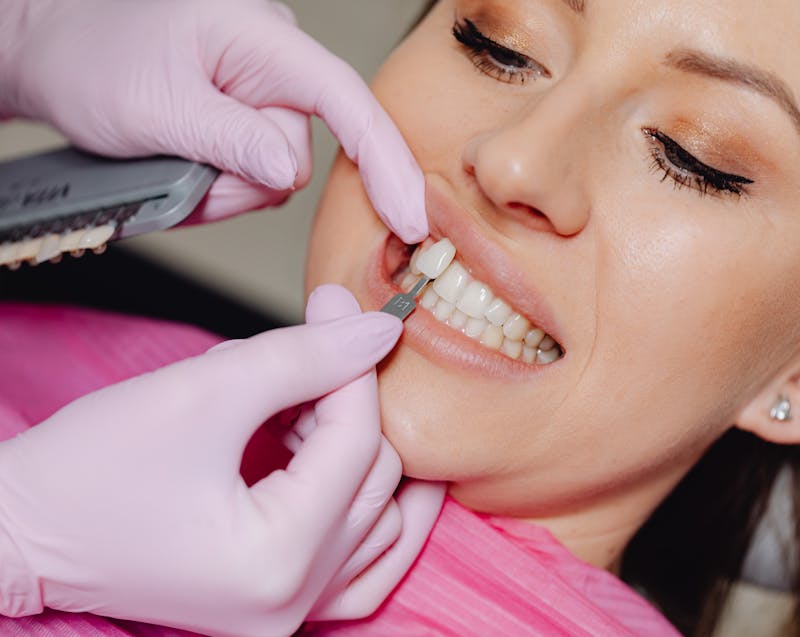

There are a number of different factors that contribute to yellow or discolored teeth, from the foods we eat to genetics. Coffee, tea, red wine and dark berries are some of the most common foods and beverages that can stain teeth, while smoking or chewing tobacco can also discolor them. Most people strive for shiny, white teeth, but it is easy for these various factors to get in the way. Luckily, cosmetic dentistry has improved quite a bit over the years and there are now a number of different in-office and DIY teeth whitening and bonding procedures to remove stains that have built up on teeth over time.
Teeth Whitening and Bonding
- At-home Whitening – DIY teeth whitening kits are readily available at most grocery stores and pharmacies, offering different types of gels and strips that work over an extended period of time. While these store bought kits are cheaper, cosmetic dentists can also create at-home whitening kits for their patients. This entails the dentist making a mold of their patient’s mouth to create a tray that will fit over their teeth. The patient then fills the trays with a whitening gel provided by their dentist and wears them for about two hours a day.
- In-office Whitening – In-office teeth whitening is a much more effective and efficient method than at-home or DIY kits. During this procedure, the dentist applies a protective gel to the patient’s gums to prevent them from getting damaged. Then, they apply a series of strong bleaching gel to the teeth for about 15 minute increments. This method allows dentists to have a high amount of control over the level of whitening. These procedures typically have much more dramatic results, but they are also much more expensive.
- Bonding – Bonding involves attaching a synthetic coating to the front of teeth to make teeth look brighter, whiter and better aligned. The two different types of bonding are composite bonding and veneer bonding. Composite bonding involves removing a small portion of the outer surface of teeth, etching grooves into the front of the teeth and then applying a composite resin. The dentist can choose different shades of resin to make sure that all teeth match. During veneer bonding, the dentist takes an impression of teeth and then sends it out to a lab to have the veneers constructed. Once they are ready, the dentist shaves off the outermost layer of the teeth and then bonds the veneer to each tooth.
Teeth whitening and bonding procedures have come a long way, and now patients even have the option of whitening their teeth in the comfort of their own home. For people who have noticed that their teeth have become discolored over time, these whitening procedures can help them restore their white, bright smile. Continue reading here.


